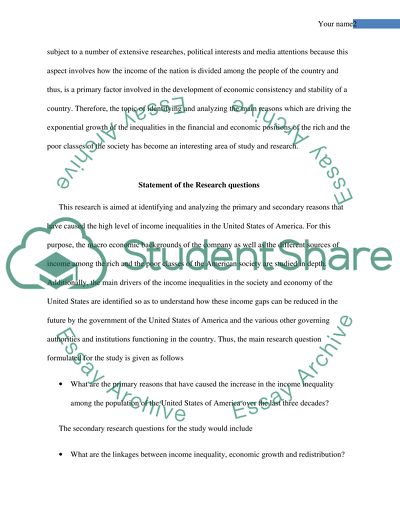Cite this document
(“Explaining the reasons for income inequality in the US Research Paper”, n.d.)
Retrieved from https://studentshare.org/human-resources/1692630-explaining-the-reasons-for-income-inequality-in-the-us
Retrieved from https://studentshare.org/human-resources/1692630-explaining-the-reasons-for-income-inequality-in-the-us
(Explaining the Reasons for Income Inequality in the US Research Paper)
https://studentshare.org/human-resources/1692630-explaining-the-reasons-for-income-inequality-in-the-us.
https://studentshare.org/human-resources/1692630-explaining-the-reasons-for-income-inequality-in-the-us.
“Explaining the Reasons for Income Inequality in the US Research Paper”, n.d. https://studentshare.org/human-resources/1692630-explaining-the-reasons-for-income-inequality-in-the-us.


